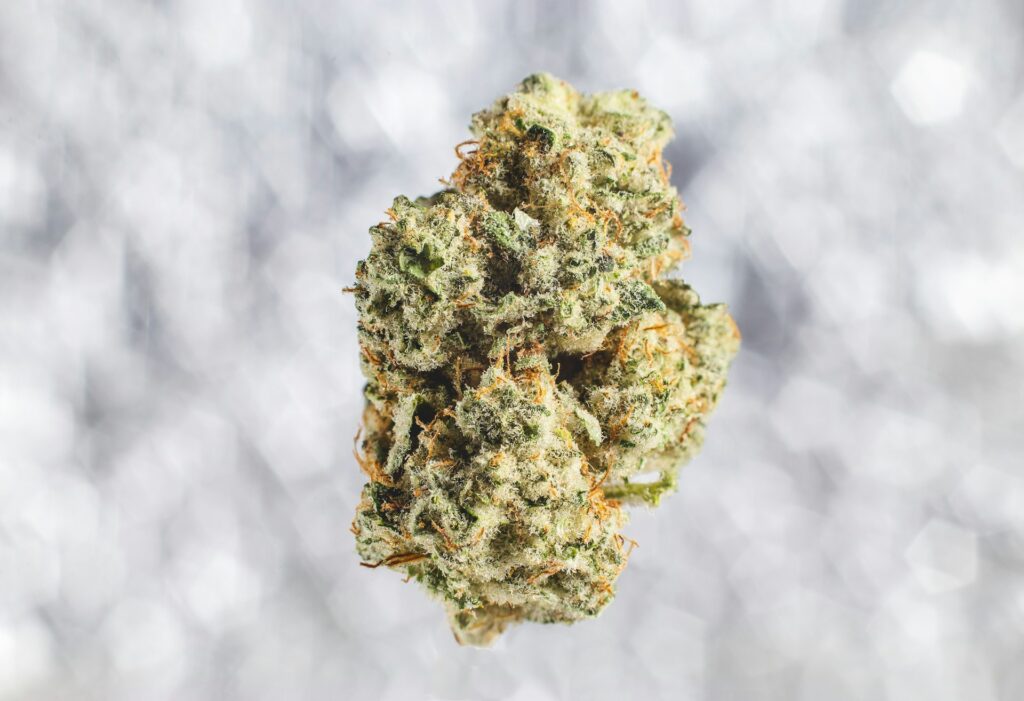The implementation of the Cannabis Law (CanG) in Germany has led to a 50% drop in the cost of German medical cannabis and an increased variety of available strains. With a 400% rise in prescriptions and steady imports from over 20 countries, Germany is now set to become a leading global market for medical cannabis as public acceptance grows and effective treatment outcomes are seen.
German Medical Cannabis Prices Drop 50%


The German medical cannabis market has undergone significant transformations since the Cannabis Law (CanG) came into effect on April 1, 2024. This legislation, which reclassified cannabis as a non-narcotic, has led to numerous changes in market dynamics and the accessibility of medical cannabis.
Frankfurt-based medical cannabis company Bloomwell Group has released a report on the state of the medical cannabis flower market in Germany since the implementation of CanG.
For more news like this, along with all the latest in legalization, research, and lifestyle, download our free cannabis news app.
German Medical Cannabis Price Reductions and Increased Accessibility
One of the most notable impacts of CanG has been the reduction in the cost of German medical cannabis. Initially, the prices of German medical cannabis flower slightly increased following the reclassification, but they quickly stabilized and then dropped significantly by June 2024. Patients now pay about half of what they paid at the beginning of 2023.
The Bloomwell Group’s report reveals that more than 50% of prescribed German medical cannabis flower is now classified as “cheap” or “very cheap,” with the average price per gram falling below 9 euros. Some strains that cost 10 euros per gram at the beginning of 2023 are now available for only 5 euros per gram.
Increased Variety and Availability
The diversity of medical cannabis strains available to patients has also increased. In June 2024 alone, pharmacies distributed 237 different strains of medical cannabis flower through the digital platform Bloomwell, the largest centralized platform in Europe connecting patients with doctors and pharmacies. This vast selection allows patients and doctors to find the strains best suited to individual medical needs, improving overall treatment efficacy.
Regular supply of medical cannabis has been ensured by imports from more than 20 countries, primarily Canada. This steady influx has been crucial in meeting the dramatic rise in new patients using medical cannabis after April 1, 2024. Bloomwell Group’s data indicates a 400% increase in prescriptions between March 2024 and June 2024.
German Medical Cannabis Patient Preferences and Strain Characteristics
In Germany, patients and doctors can choose between irradiated cannabis flowers (treated to eliminate potential microbial contaminants) and non-irradiated cannabis flowers. A slight majority of patients prefer non-irradiated flowers. Since the beginning of the year, the ratio between irradiated and non-irradiated flowers has remained relatively balanced, catering to diverse patient preferences.
Prescribed German medical cannabis flowers have an average THC content of just over 20%.
German Medical Cannabis in a Broader European Context
The reclassification of German medical cannabis and the subsequent market evolution have positioned Germany as a potential leader in the global medical cannabis industry.
Niklas Kouparanis, CEO and co-founder of Bloomwell Group, predicts that Germany will become the world’s largest medical cannabis market. This optimistic outlook is supported by the growing number of patients, the wide variety of available strains, and the significant cost reductions.
Dr. Julian Wichmann, co-founder of Bloomwell Group, highlights the public acceptance of medical cannabis, noting its effectiveness in treating common conditions such as sleep disorders and migraines. Since its approval in 2017, German medical cannabis has proven useful in alleviating symptoms with few or no side effects. The reclassification and increased availability of medical cannabis make it a more viable and less stigmatized treatment option for millions of patients.
While Germany is experiencing a period of transformation in its German medical cannabis market, the broader European context remains complex. Cannabis remains the most commonly consumed illicit drug in Europe, with approximately 22.8 million adults having used cannabis in the past year. The diversity of German medical cannabis products, including edibles and concentrates, complicates the assessment of potential harmful effects and underscores the need for ongoing research and regulatory attention.
—
(Featured image by Jeff W via Unsplash)
DISCLAIMER: This article was written by a third-party contributor and does not reflect the opinion of Hemp.im, its management, staff, or its associates. Please review our disclaimer for more information.
This article may include forward-looking statements. These forward-looking statements generally are identified by the words “believe,” “project,” “estimate,” “become,” “plan,” “will,” and similar expressions. These forward-looking statements involve known and unknown risks as well as uncertainties, including those discussed in the following cautionary statements and elsewhere in this article and on this site. Although the company may believe that its expectations are based on reasonable assumptions, the actual results that the company may achieve may differ materially from any forward-looking statements, which reflect the opinions of the management of the company only as of the date hereof. Additionally, please make sure to read these important disclosures.
First published in Newsweed, a third-party contributor translated and adapted the article from the original. In case of discrepancy, the original will prevail.
Although we made reasonable efforts to provide accurate translations, some parts may be incorrect. Hemp.im assumes no responsibility for errors, omissions or ambiguities in the translations provided on this website. Any person or entity relying on translated content does so at their own risk. Hemp.im is not responsible for losses caused by such reliance on the accuracy or reliability of translated information. If you wish to report an error or inaccuracy in the translation, we encourage you to contact us.



Comments are closed for this post.